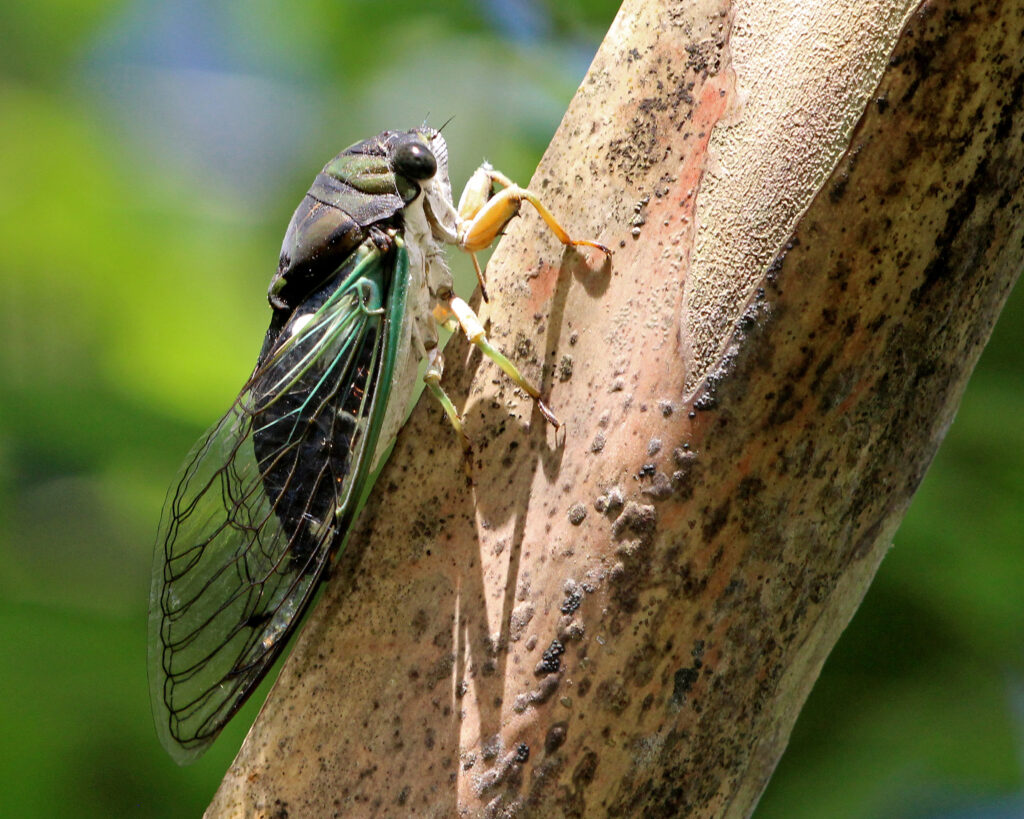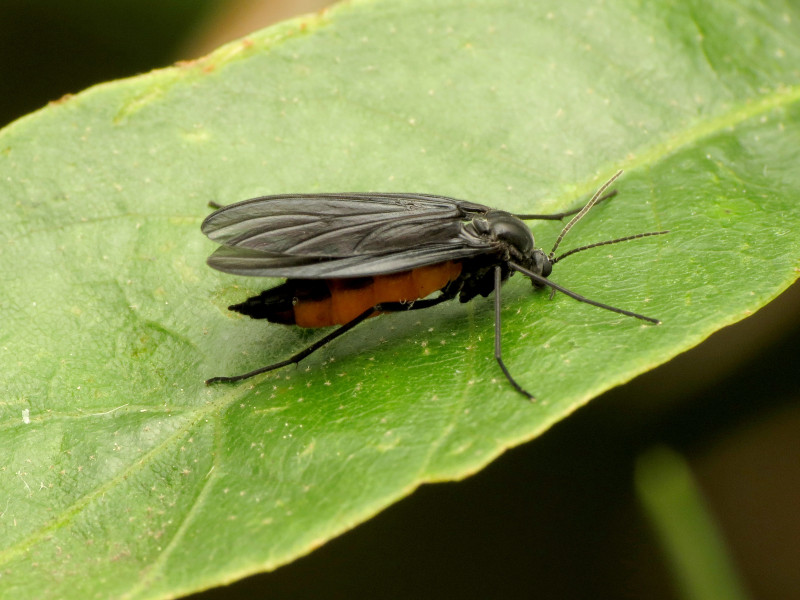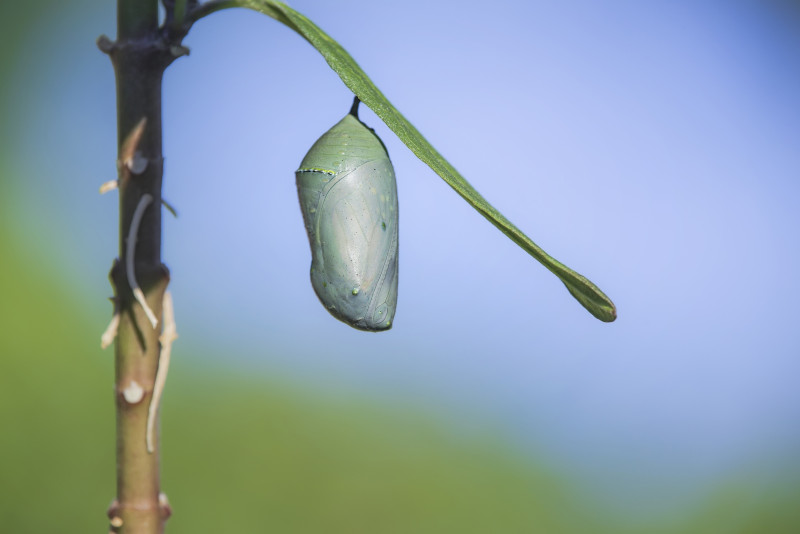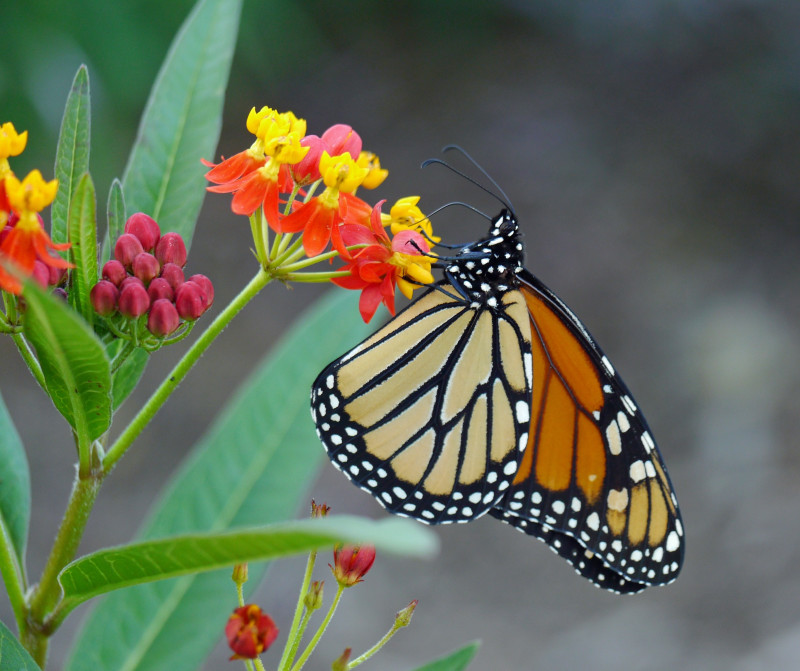Cicadas are among nature’s most mysterious and captivating insects. With their fascinating life cycles and the unmistakable hum of their rhythmic songs echoing through the summer air, they’re more fascinating than fearsome. While some species grow to impressive sizes, don’t worry; cicadas pose no threat—they neither bite nor sting.
Nature’s little helpers
Cicadas spend most of their lives hidden underground as nymphs, quietly working as natural aerators. As they tunnel through the soil, as deep as 2.0 feet (51 mm) down, they improve its structure, allowing essential nutrients to penetrate farther into the Earth. Once they emerge into the light as adults, they leave behind their shed exoskeletons, which decompose and enrich the environment. They are also food for birds, small mammals, and other insects. Far from being pests, cicadas are crucial players in the ecosystem.
Background
With more than 3,000 species worldwide—about 190 native to the United States—cicadas come in various sizes, colors, and unique songs. As members of the order Hemiptera, or “true bugs,” cicadas belong to the superfamily Cicadoidea, which contains two families: the widespread Cicadidae and the rare Tettigarctidae, home to just two species found in Australia.
Cicadas trace their lineage back to the Jurassic Period, over 200 million years ago, making them one of Earth’s most ancient insect groups. The Emperor Cicada, Megapomponia imperatoria, of Southeast Asia, claims the title of largest in the world, with an impressive wingspan reaching up to 8 inches (20 cm). On the other end of the spectrum is Mogannia minuta, also from Southeast Asia, which is a mere 0.2 inches (5 mm) long.
In the U.S., the largest species is the Northern Dusk-Singing Cicada, Megatibicen auletes, with a body length of 1.5 to 2 inches (3.8–5 cm). The smallest is the Apache Cicada, Diceroprocta apache, measuring just 0.8 to 1.2 inches (20–30 mm). Probably the most well-known in the U.S. is the Eastern Dog-day Cicada, Neotibicen tibicen, one of about thirty species of so-called dog-day cicadas.
Two types of cicadas
Cicadas can be divided into two remarkable groups: annual and periodical. While the songs of cicadas may grace our summers every year, there’s a hidden complexity to how different species time their emergence.
Annual cicadas spend anywhere from two to five years as nymphs underground, but because their generations overlap, some emerge every summer like clockwork.

13 year cicada, Magicicada spp. There’s very little physical difference between 13-year and 17-year cicadas. (patchattack / Flickr; CC BY-SA 2.0)
On the other hand, periodical cicadas, genus Magicicada, follow an astonishingly synchronized schedule, remaining underground for either thirteen or seventeen years, depending on the species. After this prolonged subterranean development, millions emerge en masse, creating one of nature’s most awe-inspiring spectacles. When they finally surface, the air fills with their collective voices, announcing their arrival that’s been thirteen or seventeen years in the making.
Camouflage colors
While most cicadas are cloaked in shades of brown, green, black, or gray—perfect for blending into the bark and leaves of trees—some species display striking flashes of color. Red, orange, and yellow markings can sometimes adorn their eyes, legs, or wing veins, adding a vibrant touch to their otherwise camouflaged exteriors. Their wings, often transparent or semi-transparent, are crisscrossed with intricate veins that seem to shimmer in the sunlight. Some species sport patterns of spots or stripes on the wings themselves.

Cicada, Distantalna splendida, a uniquely colored species of Southeast Asia (© RealityImages / Shutterstock)
Anatomy of a cicada
Like all insects, cicadas have three main body parts: head, thorax, and abdomen, encased in a protective exoskeleton. The head has large compound eyes that provide a wide field of vision and two short antennae. Below the wings, on the sides of their abdomen, are tympana—membrane-like structures that act as eardrums, allowing them to detect sound vibrations. Their mouthparts, called stylets, are specialized to enable them to pierce plant tissue and suck out nutrient-rich fluids.
Their thorax is where the action happens—two pairs of wings and three pairs of legs provide mobility, although cicadas aren’t known for their grace in flight. They can cover short distances, but their flying is more adequate than agile. The sap they eat travels through the esophagus into the midgut for digestion, and any excess material is excreted as liquid waste. Beneath the surface, a network of tracheae tubes connected to outside openings (spiracles) helps them breathe. At the same time, an open circulatory system pumps hemolymph (the insect equivalent of blood) through their bodies, distributing nutrients and oxygen and clearing out waste.
The song of the cicada
It’s the sound of the cicada that captures the essence of summer. Their distinctive song comes from the timbals, specialized sound-making organs on either side of their abdomen. These ribbed membranes, controlled by powerful muscles, buckle in and out rapidly, producing a clicking sound that, when repeated quickly, creates their signature call. This buzzing call can reach 120 decibels, nearly as loud as a jet engine taking off.
This sound is more than just a summer soundtrack—it’s the cicada’s way of calling for a mate, a vital performance in their brief above-ground life. Cicada sound and video The loudest insect on Earth
Reproduction
Reproduction in the world of cicadas begins with a song. Their loud, rhythmic symphony fills the air as the males announce their presence to potential mates. But it’s not just any sound; each species has a unique call, a distinct melody that helps females recognize and locate them. These songs are often complex, varying in pitch, rhythm, and intensity, not just to signal their availability but perhaps to demonstrate their strength and fitness as mates.
When a female finds a song that resonates with her, she begins to move closer, drawn in by the male’s performance. Even as she approaches, he continues to sing, reinforcing his courtship. In some species, the female may answer with her own signal—soft clicks produced by flicking or snapping her wings—indicating she’s ready to mate.
Cicada nymphs have a massive chore ahead
Once the two have mated, the female’s focus shifts to the future generation. She uses a specialized, sharp organ (ovipositor) at the end of her abdomen to carve slits into the bark or twigs of trees or shrubs. Into these tiny openings, she deposits clusters of eggs, usually numbering several dozen per site. A single female can lay hundreds of eggs, spreading them across different locations to increase the survival chances of her offspring. After several weeks, the eggs hatch, and the newborn nymphs drop to the ground. There, they must claw their way into the soil in order to begin their underground lives.

Pharoah Cicada, Magicicada septendecim, depositing her eggs in an apple twig (Plate 7 from “Insects, their way and means of living,” by R. E. Snodgrass, 1930 / Wiki, USDA; PD)
Here, they’ll remain, feeding on plant roots and gradually growing larger in the hidden world beneath our feet. The nymphs will spend anywhere from two to seventeen years in the soil, depending on the species. (If one gets dug up and the soil hasn’t been too disturbed, it may be able to dig back down again.)

Cicada adult emerging from its exoskeleton covered with dirt from being underground (© boyphare / Shutterstock)
When the time is right, nymphs dig their way to the surface, clamber onto nearby vegetation, and climb up. There, they shed their nymphal exoskeleton and emerge as winged adults. Their transformation is complete; they take flight, ready to start the cycle anew, their empty exoskeletons still clinging to the plants.
A brief life in the sun
Though the cicada’s underground phase can last for years, their time in the sun is fleeting. Adult annual cicadas, such as the dog-day cicadas, typically live for about five weeks. Their periodical cousins live only three to four weeks once they surface. These brief adult lives are spent in a frenzy of singing, mating, and reproducing before they fade back into the Earth’s rhythms.
Habitat
Cicadas thrive in warm, temperate environments, where trees and shrubs provide the perfect habitat. Whether in cities, suburbs, or forests, cicadas make their homes in areas where they can find plenty of plant life to sustain them. Periodical cicadas are found mainly in the eastern and central U.S. Annual cicadas are more widespread, inhabiting nearly every state from the southern tip of Florida to the northern Midwest and stretching a bit westward.
Foods
Cicadas are sap-feeders with piercing mouthparts designed to draw nutrients from plants. Despite their sizable appetites, they don’t typically harm the trees and shrubs they feed on. Their method of feeding is gentle and non-destructive, making them an unlikely threat to their leafy surroundings.
Defenses, predators
Cicadas rely primarily on camouflage for protection. Their muted, earthy tones blend seamlessly into the tree bark and leaves where they spend much of their time. During mass emergences, however, their strategy shifts from hiding to overwhelming—known as “predator satiation.” By emerging in massive numbers, they ensure that even though many will be eaten by predators, enough will survive to continue the species. The sheer volume of cicadas during these events can be staggering, temporarily overwhelming their natural enemies. Birds, reptiles, amphibians, and small mammals all feast on cicadas, as do certain insects like the cicada killer wasps. Even bats and squirrels join the buffet during peak emergences.








